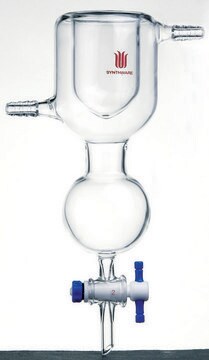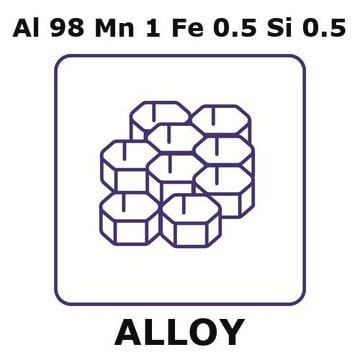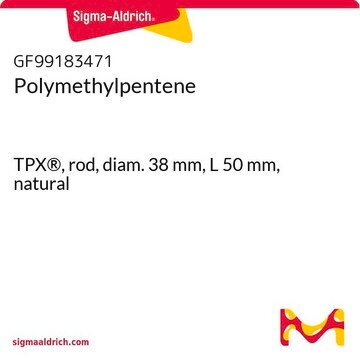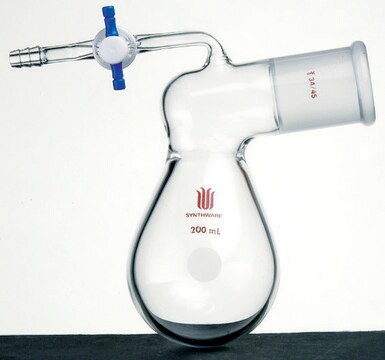Wichtige Dokumente
GF33400224
Aluminium
honeycomb, 600x600mm, thickness 52.3mm, cell size 6.3mm, cell wall 0.064mm, core density 0.083g/cm3, phenolic adhesive (resin), facing skin glass fiber 0.75mm, 99.9%
Synonym(e):
Aluminium
About This Item
Empfohlene Produkte
Beschreibung
cell wall 0.064mm
Assay
99.90%
Form
honeycomb
Selbstzündungstemp.
1400 °F
Hersteller/Markenname
Goodfellow 334-002-24
Widerstandsfähigkeit
2.6548 μΩ-cm
Größe × Dicke
600x600 mm × 52.3 mm
Größe
6.3 mm
bp
2460 °C (lit.)
mp (Schmelzpunkt)
660.37 °C (lit.)
Dichte
2.7 g/mL at 25 °C (lit.)
SMILES String
[Al]
InChI
1S/Al
InChIKey
XAGFODPZIPBFFR-UHFFFAOYSA-N
Allgemeine Beschreibung
Rechtliche Hinweise
Lagerklassenschlüssel
13 - Non Combustible Solids
WGK
WGK 3
Flammpunkt (°F)
Not applicable
Flammpunkt (°C)
Not applicable
Hier finden Sie alle aktuellen Versionen:
Analysenzertifikate (COA)
It looks like we've run into a problem, but you can still download Certificates of Analysis from our Dokumente section.
Wenn Sie Hilfe benötigen, wenden Sie sich bitte an Kundensupport
Besitzen Sie dieses Produkt bereits?
In der Dokumentenbibliothek finden Sie die Dokumentation zu den Produkten, die Sie kürzlich erworben haben.
Unser Team von Wissenschaftlern verfügt über Erfahrung in allen Forschungsbereichen einschließlich Life Science, Materialwissenschaften, chemischer Synthese, Chromatographie, Analytik und vielen mehr..
Setzen Sie sich mit dem technischen Dienst in Verbindung.








